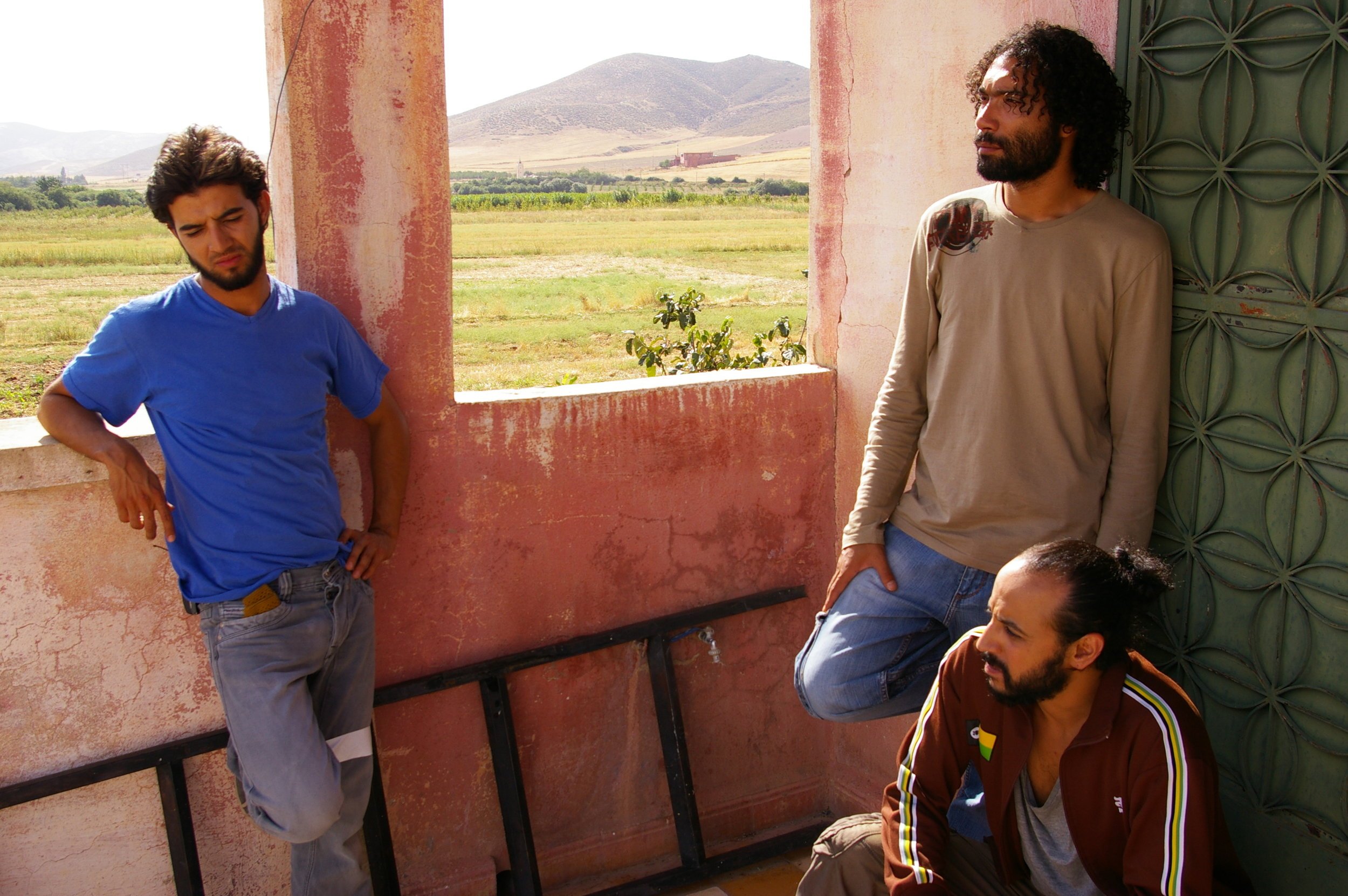The Miscreants and Transnational Moroccan Cinema
The Miscreants, Mohcine Besri (2011)
May 16, 2003 was an unforgettable day for most Moroccans as they watched TV footage of suicide bombings in Casablanca. From 1956 to the end of the twentieth century, under the rule of King Hassan II, Morocco experienced long episodes of political violence and repression of the left and all political forces which advocated democratic change and social equality. Yet the Casablanca terrorist attacks were the first of their kind in a country that had been living through the general peace and optimism that characterized the first years of the reign of Mohamed VI, Hassan II's son.
The young monarch Mohamed VI came to power in 1999 and immediately launched various social and economic policies to transform the country and lift the majority of Moroccans out of poverty and widespread illiteracy, especially women. Mohamed VI travelled up and down the country and promised a new era following Morocco's difficult and turbulent post-independence history. Moroccans seemed to believe in the new king's promise for change. The first four years of his rule were marked by increasing economic growth, political openness, and recognition of the country's Amazigh roots and cultural diversity.
During this period, Moroccan cinema sensed the winds of change and started exploring the recent history of the country, as well as its present condition. The violent past was scrutinized through films chronicling the suffering of individuals and entire communities during what has come to be called the Years of Lead (1956-1990s). The Moroccan state ardently supported this new wave of films through a subsidy system administered by its national film board, the Centre Cinématographique Marocain (CCM). Remarkable films made during this period include A Thousand Months (Faouzi Bensaïdi, 2003), Dry No More (Narjiss Nejjar, 2003) and Jawhara, the Jailgirl (Saâd Chraïbi, 2003).
Moroccan cinema was also able to chronicle the country's rapid social transformations, as the consequences of neoliberal market reforms first introduced in the 1980s began to affect and transform all aspects of Moroccan social and political life. Landmark films such as Ali Zaoua (Nabil Ayouch, 2000) and Casablanca by Night (Mostapha Derkaoui, 2003) explored the dark side of Morocco's neoliberal transformation.
Ali Zaoua, Nabil Ayouch (2000)
The 2003 terrorist attacks in Casablanca unveiled the continuity of another aspect of political violence in Morocco, a country that found it increasingly difficult to disentangle itself from global Islamist networks— despite adopting a moderate form of Sunni Islam as the kingdom's official religion. Stark social inequalities in Moroccan cities and high levels of youth unemployment on the one hand, and the increasing ease of transnational communication in the globalization era on the other, made young and often poor Moroccans easy prey for radical Islamist ideologies and global terrorist networks. Filmmakers gradually turned their cameras from the Years of Lead to Islamic terrorism, which was becoming an everyday form of concrete and symbolic violence in their society.
Whilst numerous Moroccan films have explored radical Islam since the 2003 Casablanca bombings, the Geneva-based Moroccan-Swiss filmmaker and scriptwriter Mohcine Besri was among the first to tackle terrorism and its impact in Morocco and beyond. Laurent Nègre's 2010 film Operation Casablanca, based on a script by Besri, traces the journey of Saadi, an undocumented Moroccan migrant who gets arrested by the police as he tries to cross the Swiss-French border. He is suspected of belonging to a terrorist group that has just kidnapped the UN secretary general. The film is part thriller, part comedy and succeeds in portraying the terrorists as human beings like us, without condoning their dark motives.
Such ethical nuance is where Besri's touch is most evident; it forms the backbone of his own film The Miscreants, which was shot on location in Morocco and widely appreciated by local critics and audiences. A Moroccan-Swiss co-production, the film focuses on a group of five young actors who embark on a nationwide tour with their latest theatre show. The actors get kidnapped by three members of a terrorist organization and are taken to a remote location in Morocco's Middle Atlas mountains. The kidnappers hold the actors hostage for seven days while awaiting orders from their superiors in the Jmaât El Jihad terrorist organization.
The real drama, however, begins when the young kidnappers can't reach their masters for instructions about what to do with the detained "miscreants." This deadlock intensifies as kidnapper and kidnapped are forced to live with each other, leading to intense ideological and emotional confrontation which sometimes threatens to spiral out of control. Tension also arises among the terrorists regarding what to do in the absence of contact with their leaders, a feeling enhanced by the isolation and remoteness of the location. These tensions are what gives The Miscreants its affective cutting edge, making the film a riveting watch and allowing the audience to explore the depths of the human psyche in all its complexity. The terrorist kidnapping turns out to be a window into the human soul.
The Miscreants, Mohcine Besri (2011)



